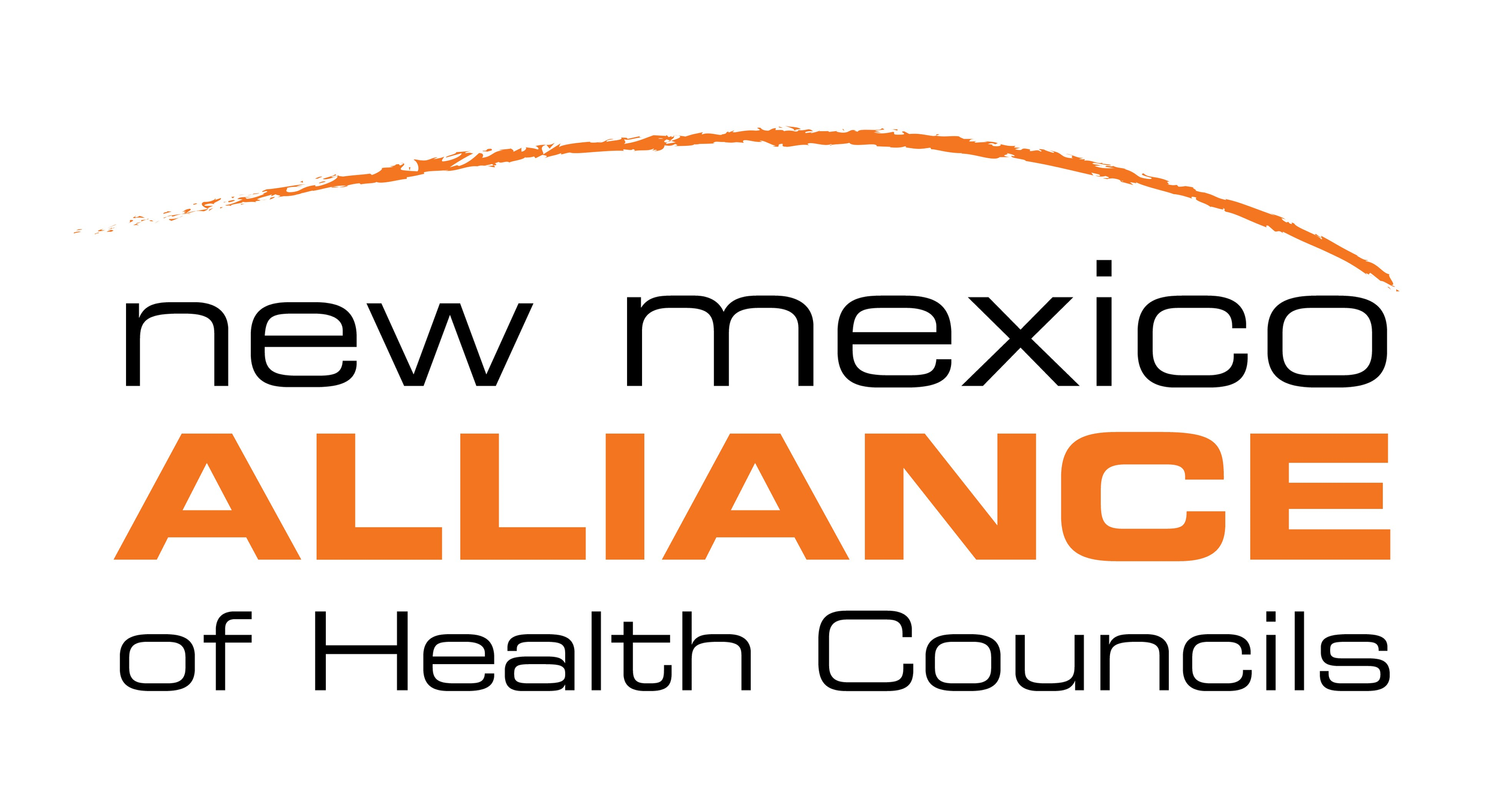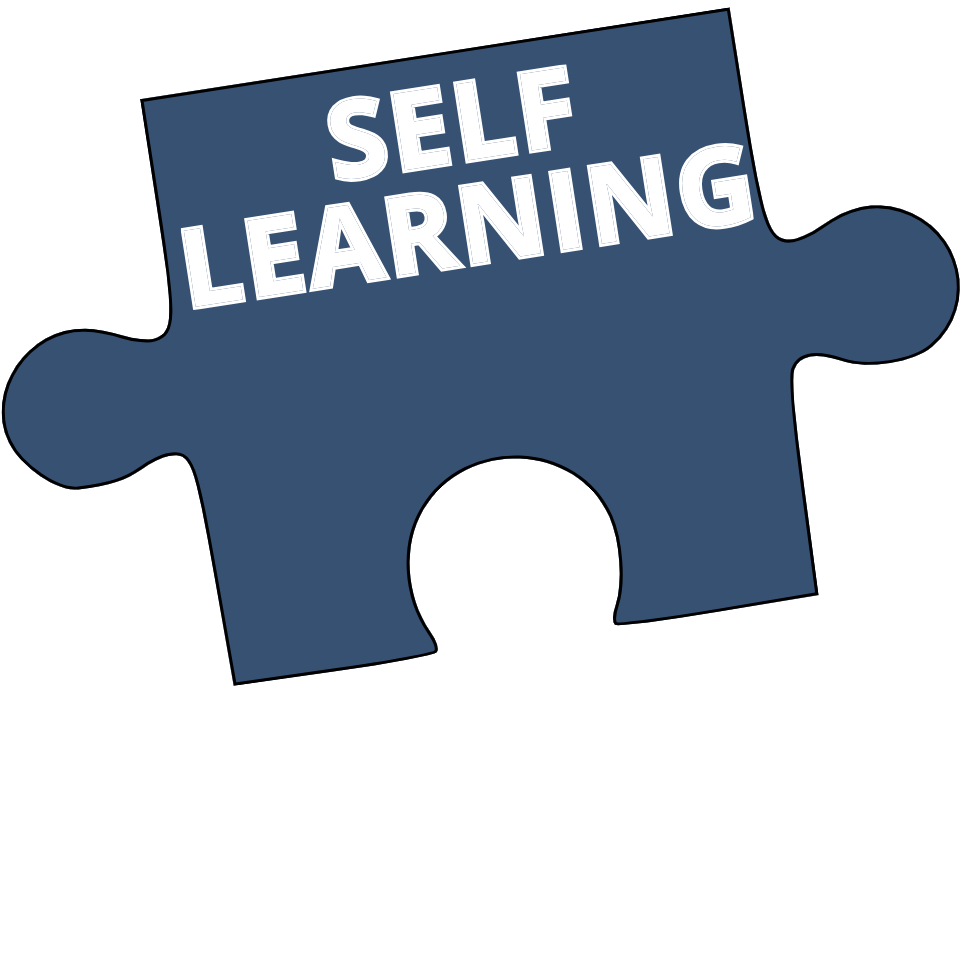
Jack’s Creek Trail, Pecos Wilderness, Santa Fe County
Land Acknowledgment Guide & Toolkit
From the New Mexico Alliance of Health Councils
The purpose of HB137 is to improve the health of New Mexicans. This objective came from a vision of an equitable, healthier future for all. If we turn this vision into a painting, it would tell the story of many cultures living in balance with one another, within themselves, and with nature. It would be as dynamic, vibrant, and diverse as the people and landscape of New Mexico.
There are many pieces that need to be put in place to achieve this vision. The Land Acknowledgment Guide created by the New Mexico Alliance for Health Councils is one piece the County & Tribal Health Councils can use in your efforts to identify health priorities, create and strengthen partnerships, build capacity, and advance health equity.
This Toolkit was designed with Community-Based Participatory Research as the framework. It can be used to help guide your group through the process of writing a land acknowledgment statement, provides information about Tribal Nations in New Mexico, and shares other resources to help you go beyond acknowledgment. This is a process that requires self-learning, reflection, and discussion.
CREATING AN ACTIONABLE LAND ACKNOWLEDGMENT
Creating an actionable land acknowledgment requires the following pieces.
Context, which is described on pg. 4 of the Land Acknowledgment Guide.
Resources for Self Learning
Guides & prompts to support Group Dialogue & Writing
Ideas for incorporating your land acknowledgment into your Planning
Choosing next steps & Actions
Read the Land Acknowledgment Guide
Discuss ideas presented in Guide & Toolkit.
Decide how your group will use this Toolkit, starting with the Group Agreements and Affirmations shared below.
Set dates for discussions (remember to account for time for self-learning)
Read & discuss the sample Land Acknowledgments shared on the Process page and Purpose page
Discuss the intent, focus, and use for your land acknowledgment.
Read Tribal profiles (at minimum, those suggested for your County; preferably all)
Decide which tribes you will acknowledge & how you might engage them.
Read about social determinants for health & historical trauma
Group exercise to brainstorm multi-sector partnerships
Learn about successful culturally relevant programs and get assorted resources and tools for working with Native communities, improving health outcomes, etc.

How the Toolkit is used will vary for each Health Council. We suggest you start with:
Everyone in the group reads the Land Acknowledgment Guide & reviews the online Toolkit.
1.
The group gets consensus about how you will approach each section and the process overall. The sections with an orange header have been designed for group discussion.
2.
Schedule your group discussions, allowing adequate time for everyone to do the necessary reading.
3.
HOW TO MAKE THIS A USEFUL & MEANINGFUL EXPERIENCE
Adjust these rules of engagement and affirmations so they are best suited to your group and goals.
Ojito Wilderness at Sunset, Sandoval County
Everyone is expected to participate in the process.
Find ways to seek input from others in your community.
If your organization does not include voices from the different demographics in your community, then decide how you want to engage all representation in the process, who you can approach, and the best way to approach them.
We commit to participating in this process as a part of our work done in service of the community and in our ongoing efforts to change systems that cause harm so we can improve the health and well-being of everyone in our community.
We commit to equity and inclusion being a core focus of our work and we recognize that diversity, equity, and inclusion make us stronger.
We commit to not asking others to do the work for us. And we commit to compensating those who support us in this process.
View of Ortiz Mountains, Santa Fe County from the Galisteo Basin, San Miguel County.
Do research.
Ask questions.
Know the facts.
Question your assumptions.
Take the time to reflect.
Don’t sugarcoat your words.
Our land acknowledgment will be spoken with our collective voice.
We speak the truth about colonization so others may understand the depth and complexity of the ongoing harm it causes to people and planet.
We speak the truth as a first step toward healing and accountability.
We speak the truth to honor our ancestors and the ancestors of neighboring communities. We speak the truth as an acknowledgment of all they sacrificed so that we could be here now.
Rio Grande Gorge, Taos County.
Actively listen.
Reflect on how this relates to your mission
Acknowledge the work you have already done.
Be kind.
Show up on time & be present.
We practice a culture of respect and cultural humility, acknowledging all perspectives and recognizing that words and actions matter.
We show respect by creating a space built on trust, where everyone feels comfortable and safe to share their thoughts and ask questions.
We show respect by being present, following through on our commitments, and actively listening and engaging.
We show respect in our willingness to admit mistakes and willingness to give others the chance to atone and evolve.
Cox Canyon Arch, San Juan County
When examining the history of this land, look for the many instances of strength, resiliency, growth, and empowerment.
Identify the ways each population contributes to the beauty of this place & what they can contribute to the process of healing.
Express gratitude to everyone involved - including yourself.
We believe that everyone at the table is here with good intentions and a desire to improve the lives of all people in our community.
We believe that multiple systems of thinking and people from different backgrounds can work together in building an equitable, healthy future.
We believe resiliency is not just about surviving, recovering, and adapting, but is also about overcoming and transcending.

PART 1: PROCESS






















